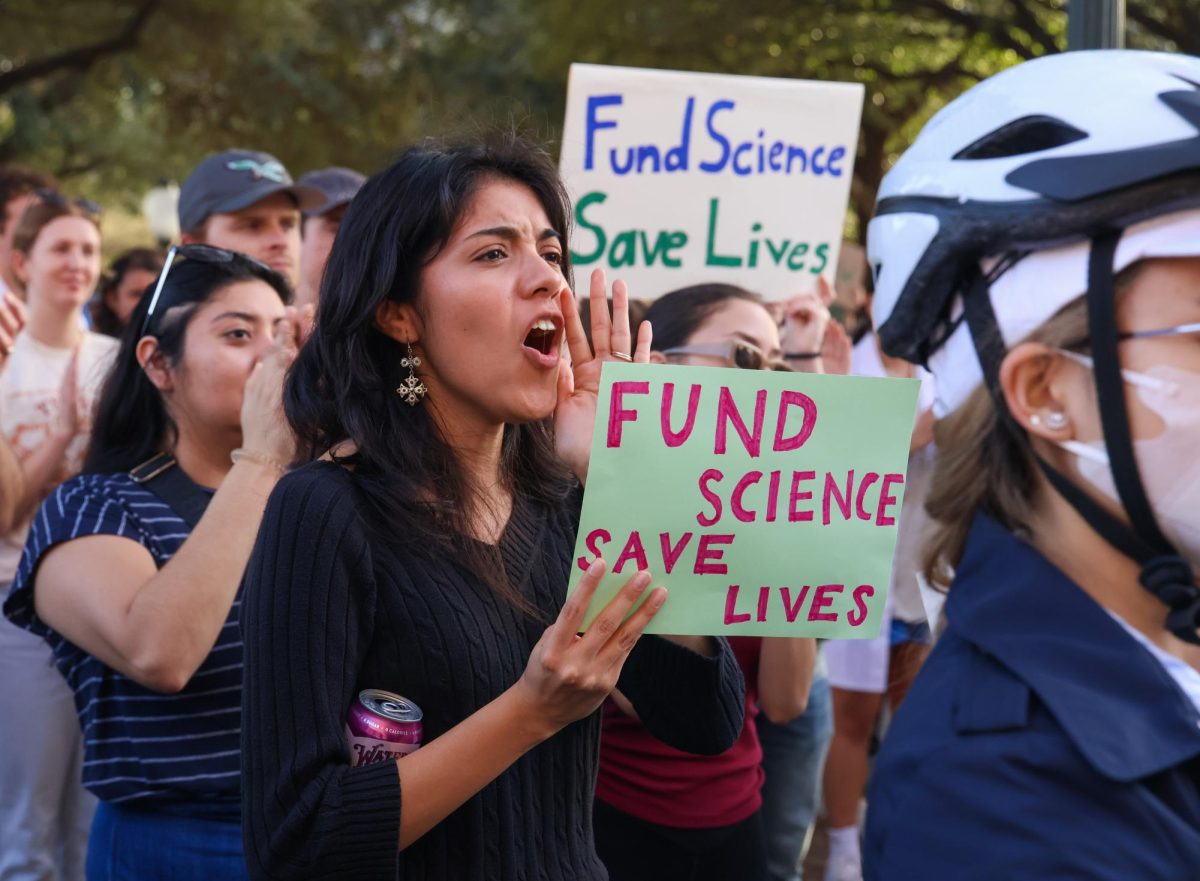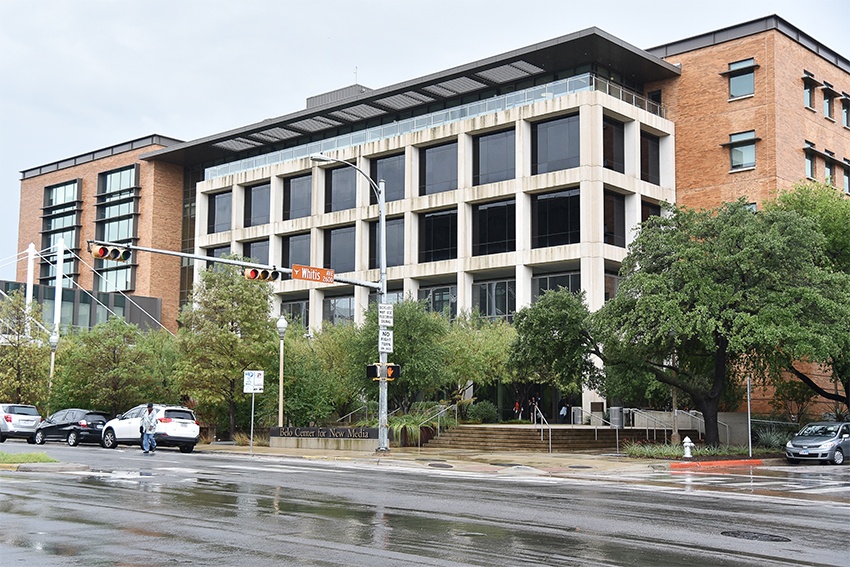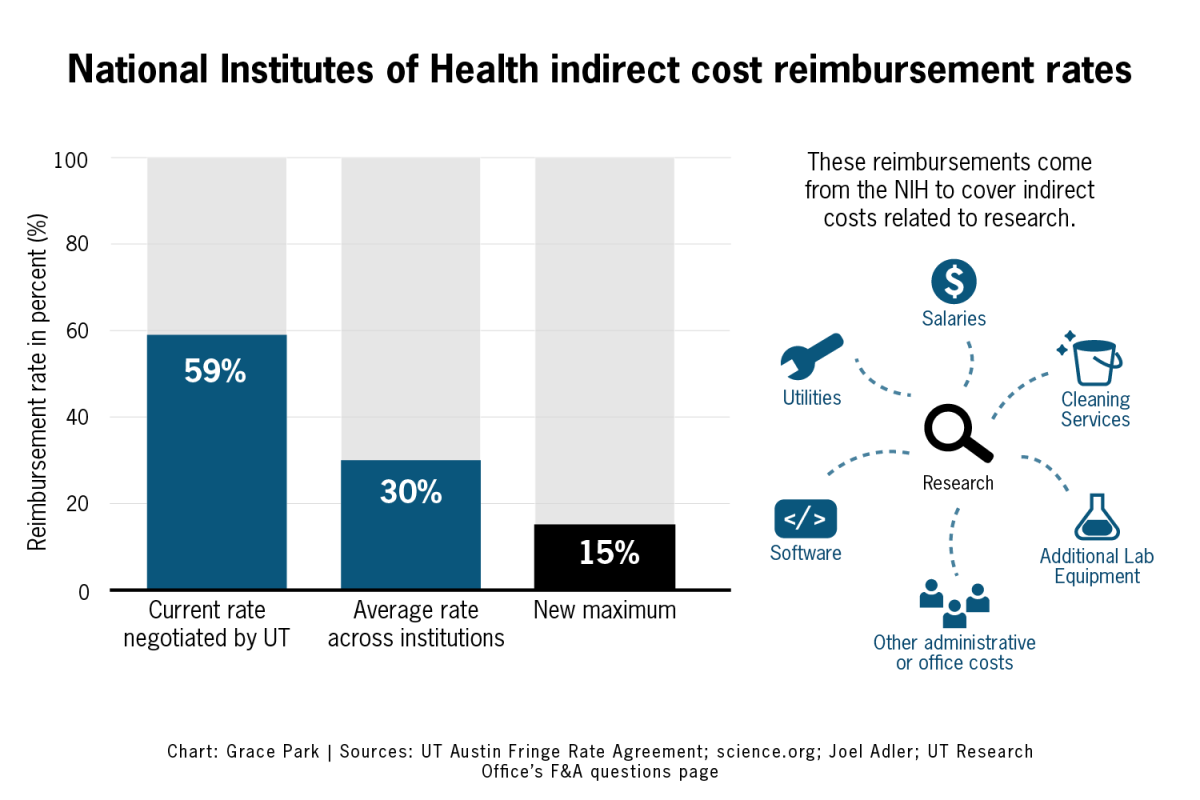Homeless individuals sat across from academic experts on homelessness to share their perspectives on poverty in Austin and share their stories at the opening of a new exhibition.
Studio art graduate student Daniel Rudin curated the panel Friday for the reception of his installation, “The Working Homeless,” at the UT Visual Arts Center. About 50 visitors attended the discussion and viewed the installation, a series of video projections documenting the homeless community around Interstate Highway 35 and U.S. Highway 183.
Rudin said working with Austin’s homeless population was significant for him both as an artist and as a person attempting to understand human experiences unlike his own.
“I wanted to get out of the safety of the car and to experience a conversation,” Rudin said. “The videos put the person who is telling the story in the position of the narrator. These are voices that are normally unheard or ignored.”
Three subjects of Rudin’s videos participated in the panel discussion, including Khrysttey DeLoach Bowick, whose finances and personal life have been in a downward spiral since she arrived in Austin.
“Daniel has given us a voice more than anyone or any organization or entity,” said Bowick, a former Texas A&M student. “The grand majority of us are willing to work to survive. Give me a job. Let me rake your lawn. I will scrub your floor with a toothbrush.”
It was the homeless individuals’ own voices that resonated Friday at the panel as they shared stories and fielded questions about homeless living.
“For me, it’s about someone who cared about what we had to say,” said a homeless panelist known only as Scott as he broke down into tears. “Someone took the time to hear what I had to say.”
There are about 4,000 homeless people in Austin, said social work graduate student Ben Callaway.
Both the homeless panelists and the experts on homelessness disparaged Austin’s public and private resources available to the Austin homeless population.
Social work graduate student Tiffany Ryan said she resents people who officiously refer homeless individuals to homeless shelters, when, in fact, that situation can be uninviting even to people who live on the street. Rudin said many homeless people turn to panhandling to earn money because they do not trust the resources available in Austin.
“In lieu of social services, you generate your own income to survive,” Rudin said.
The installation is the latest in a series of exhibitions at the Center Space Gallery within the Visual
Arts Center.



















